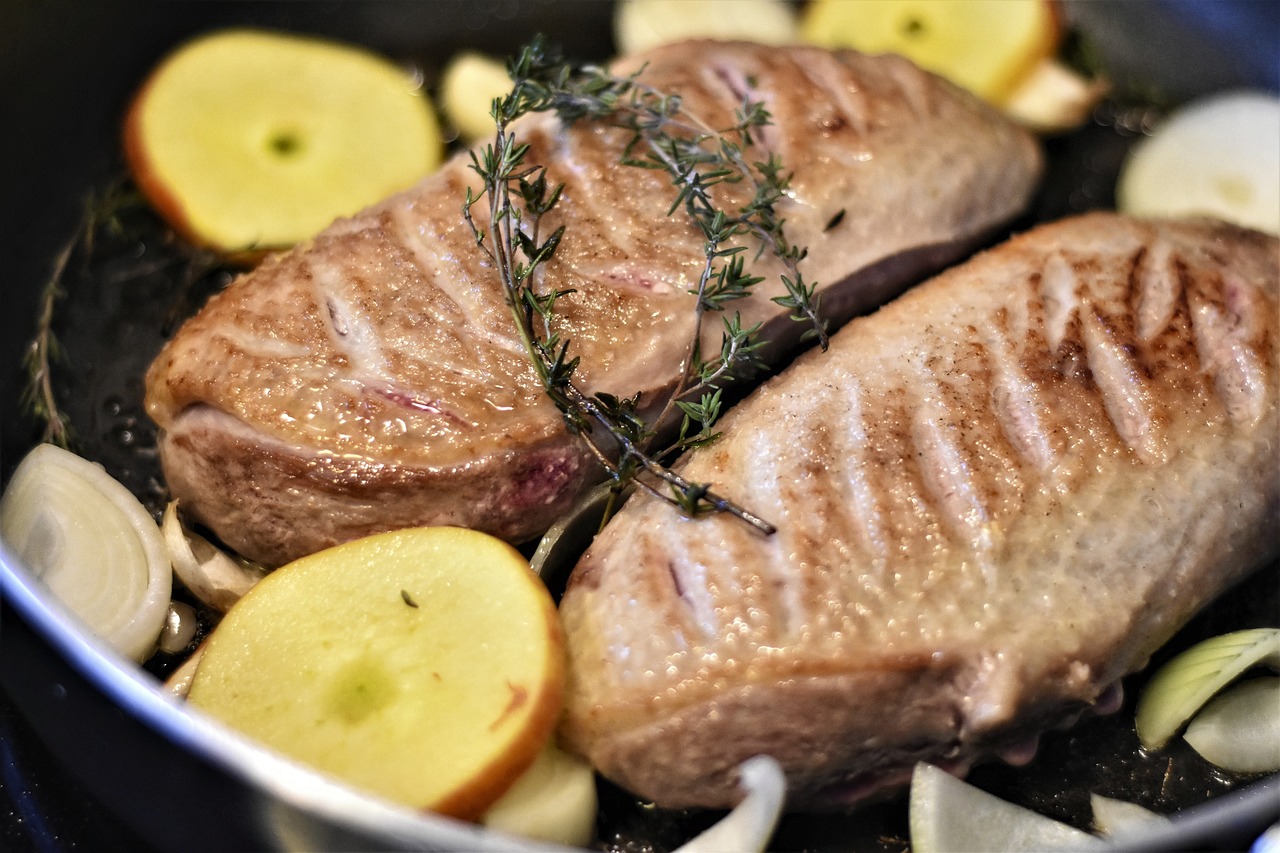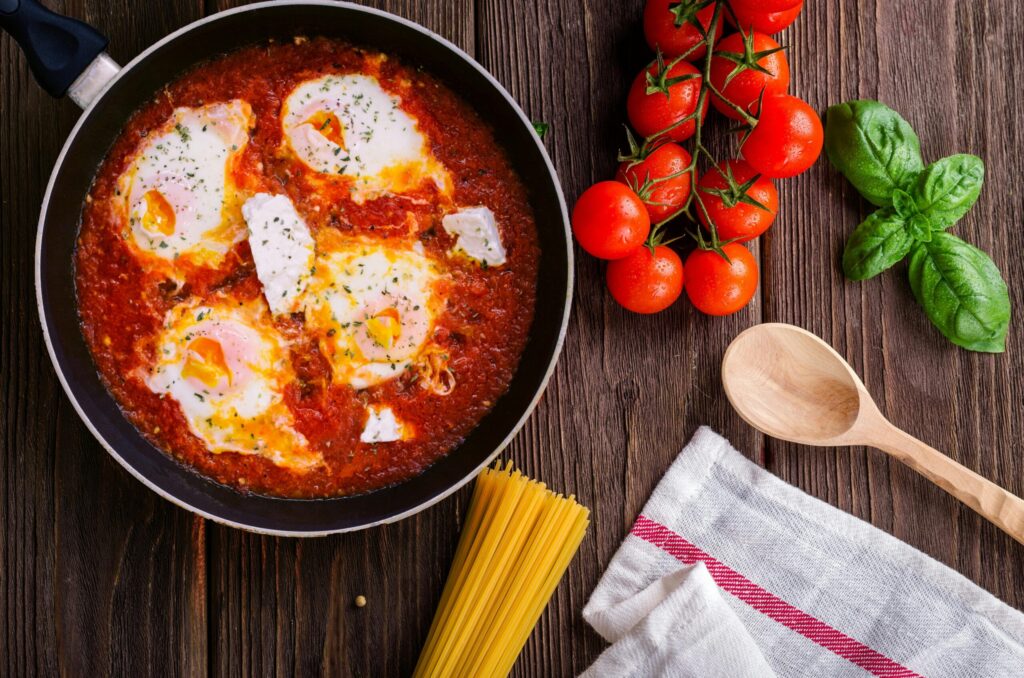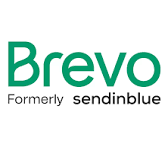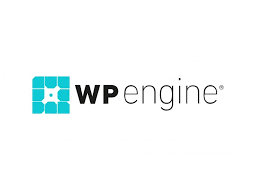🍽️ Case Study: WordPress Enhancements for Flavor Field Guide
When the husband-and-wife team behind Flavor Field Guide reached out to us through the Codeable platform, they had a clear vision: enhance their WordPress-based recipe website without losing the charm and personality that made it special. Hosted on WordPress.org and built with the Gourmetto theme and Gutenberg block editor, the site was already a well-loved destination for food lovers. But it needed a few thoughtful upgrades to better serve its growing audience.
The project began with a conversation about what mattered most to them. They wanted a new About Us page that reflected their story, a more functional sidebar with a newsletter sign-up and popular recipes, and a cleaner, more mobile-friendly header. They also needed help troubleshooting issues with the Recipe Card Pro plugin, integrating YouTube videos, and making better use of ad space. Our goal was to deliver these WordPress enhancements for Flavor Field Guide in a way that respected their existing content and design.
We started with the About Us page. The client didn’t want it to look like a typical post page, so we created a custom template without a sidebar. Using a three-column layout—25%, 50%, 25%—we placed their story in the center column with justified text for a clean, elegant look. We also moved some of the footer content into this page, simplifying the footer itself and replacing it with a short blurb and a call-to-action (CTA) linking to the new About page.
Next, we tackled the sidebar enhancements. The client wanted a more personal touch, so we added a bio snippet, a newsletter CTA, and a section for favorite recipes. After discussing automation, we proposed using a “most popular posts” widget based on views instead of manually curated links. They loved the idea, and we implemented it to keep the sidebar fresh and engaging.
The Recipe Card Pro plugin presented a few challenges. The client wanted to remove certain buttons and embed YouTube videos. We discovered that the plugin only accepted full YouTube URLs, not the short links they had been using. After testing and confirming the behavior, we walked them through the correct process and adjusted the plugin settings to match their aesthetic preferences.
One of the more complex tasks was redesigning the site header. The client wanted a simplified layout with a breadcrumb on the left, a navigation menu in the center, and a search icon on the right. On mobile, they wanted the menu to shift to the right and the search icon to remain subtle. We experimented with multiple approaches, including creating separate headers for desktop and mobile, but ran into issues with responsiveness and menu layering.
After studying the original theme demo, we decided to simplify. We moved the search icon next to the logo, used the Kadence navigation block for the center menu, and retained the theme’s responsive menu on the right. By applying custom CSS classes to control visibility based on screen size, we were able to show the Kadence menu on desktop and the theme menu on mobile—exactly as the client envisioned. We also added CSS to ensure the mobile dropdown menu always appeared above other content and made the header layout flexible to prevent wrapping.
Throughout the site, we increased font sizes using global settings and plugin options, ensuring better readability. We also created a post template that standardized formatting for future content, saving the client time and effort. We trained them on how to use the new template and update older posts to match.
In the end, these WordPress enhancements for Flavor Field Guide brought new life to the site without compromising its identity. The client was thrilled with the results: a cleaner, faster, more functional website that still felt like home. From layout improvements to plugin troubleshooting, every change was made with care—and with the client’s voice at the center of the process.
If you would like some help making improvements to your website, contact us!





















